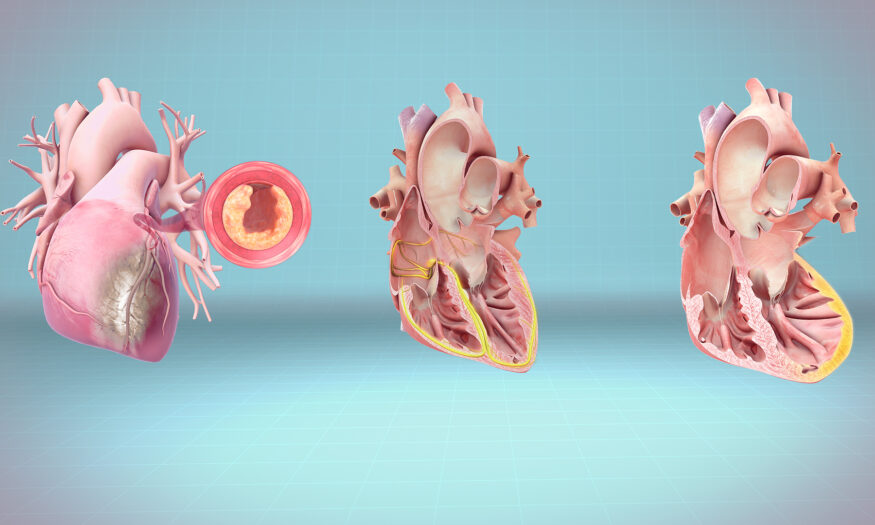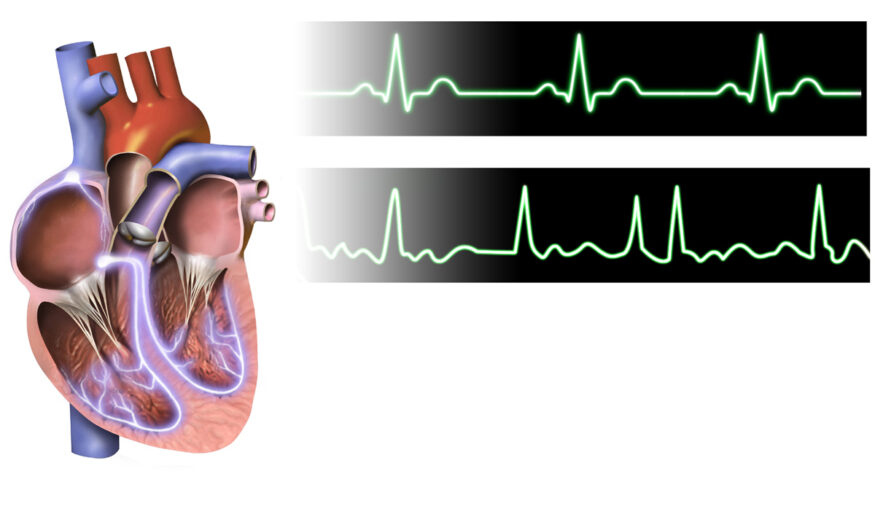Atrial Fibrillation
 Puwadon Sang-ngern/Pexels
Puwadon Sang-ngern/Pexels
-
Topics Include:
Heart Care
Heart Disease
Heart Health
This brief, sex-nonspecific article from the Centers for Disease Control looks at the epidemiology and causes of atrial fibrillation. It also addresses the symptoms, risk factors, treatment options, and other facts and information. Includes a map of the US locations with the highest AFib rates, and some compelling graphics.
“Atrial fibrillation, often called AFib or AF, is the most common type of treated heart arrhythmia. An arrhythmia is when the heart beats too slowly, too fast, or in an irregular way. When a person has AFib, the normal beating in the upper chambers of the heart (the two atria) is irregular, and blood doesn’t flow as well as it should from the atria to the lower chambers of the heart (the two ventricles). AFib may happen in brief episodes, or it may be a permanent condition.”






